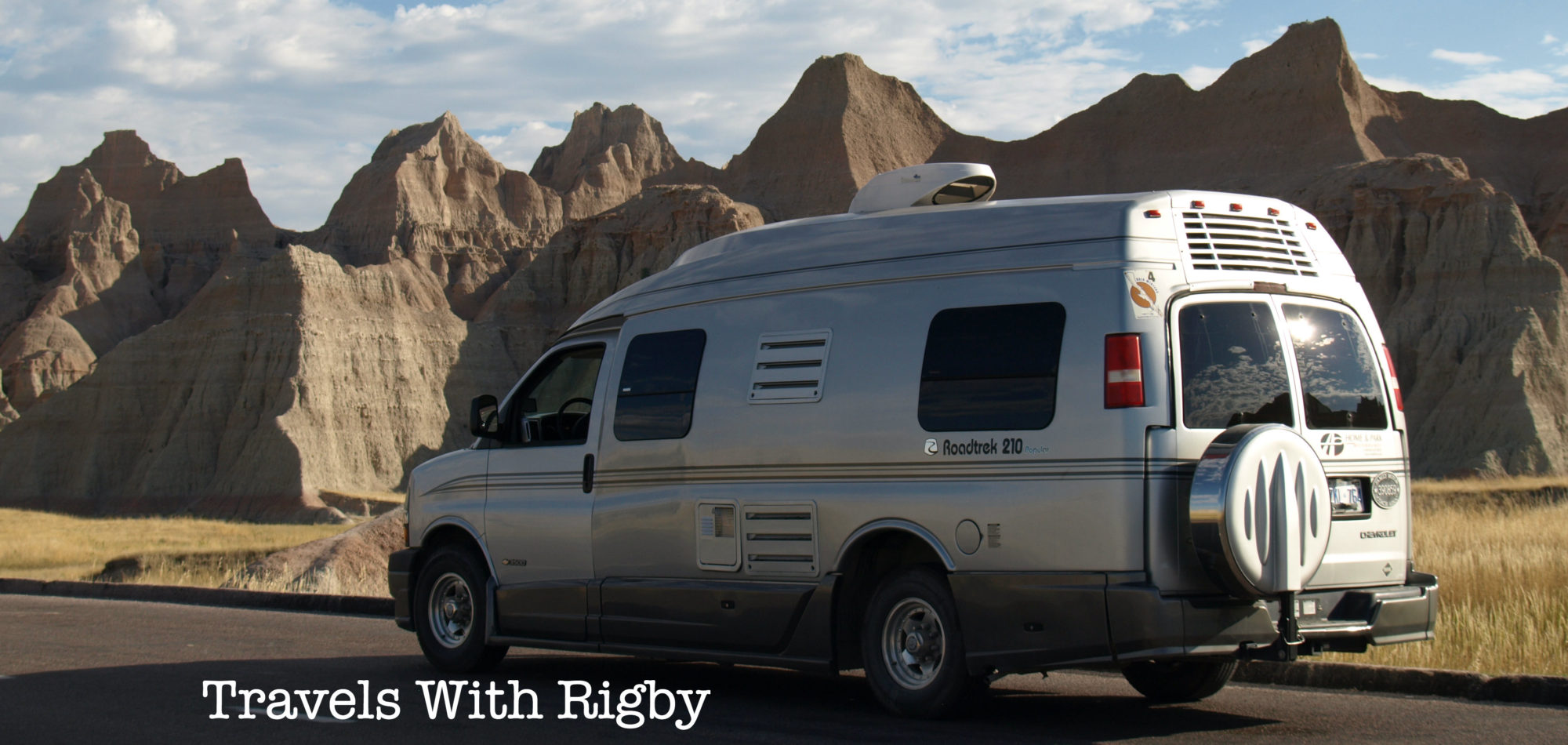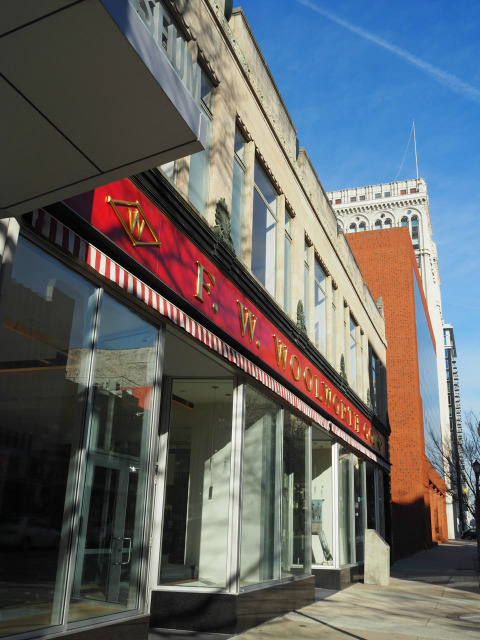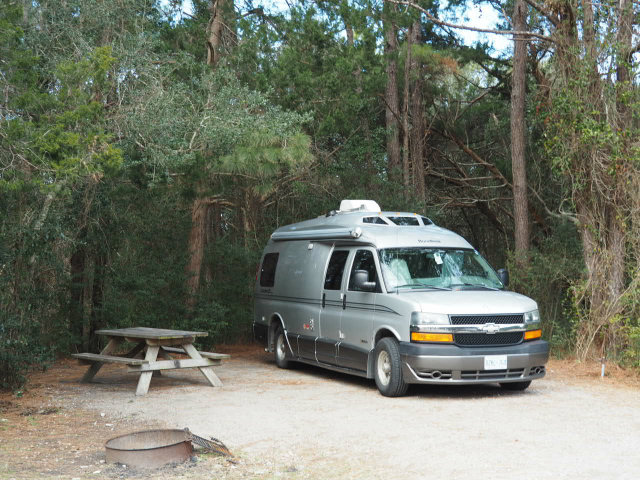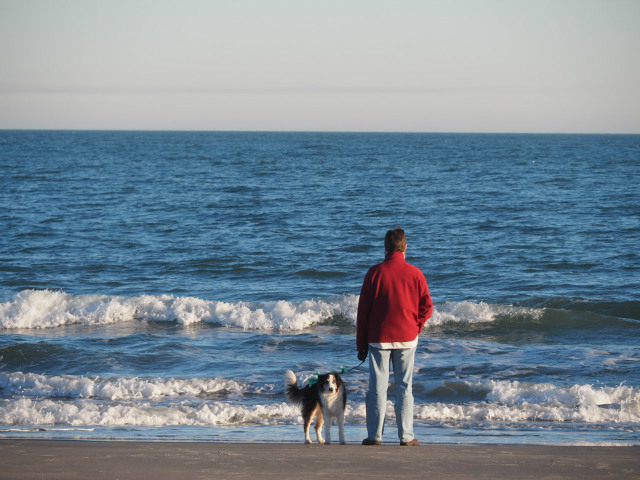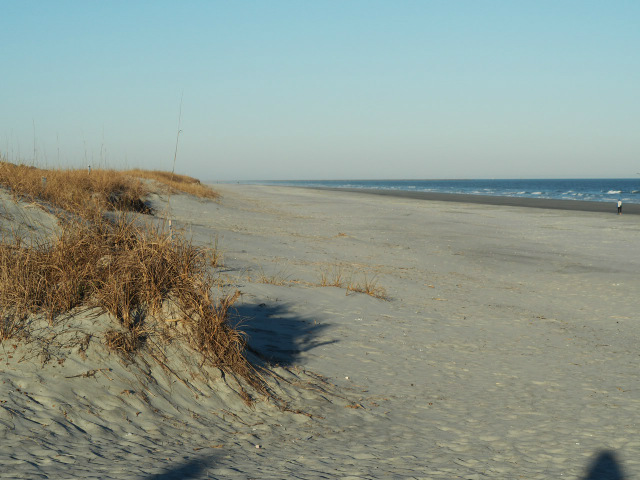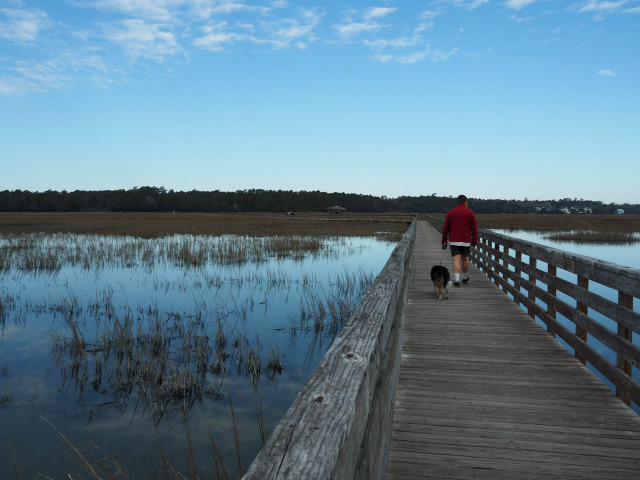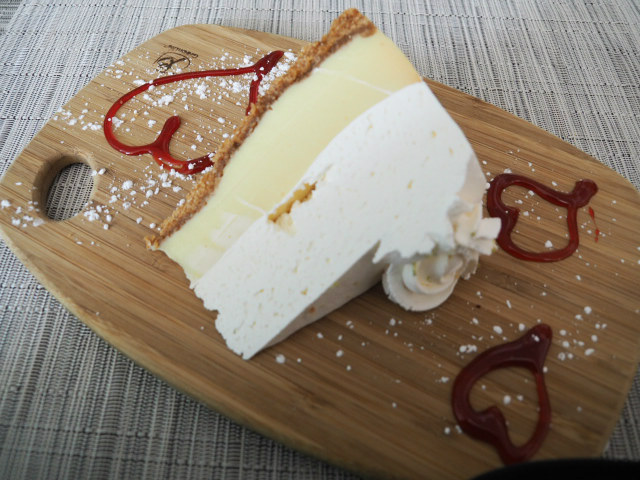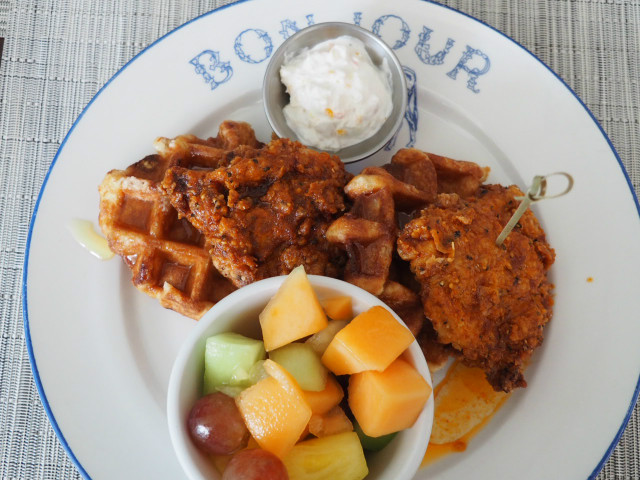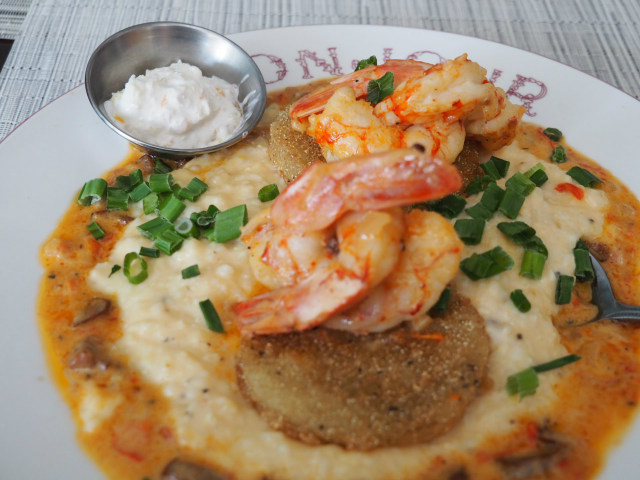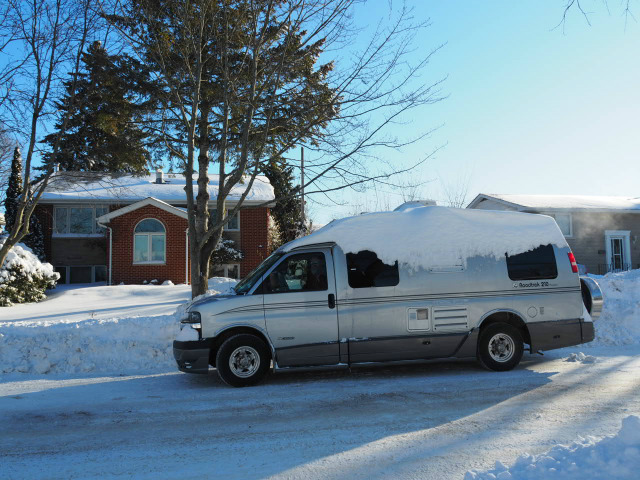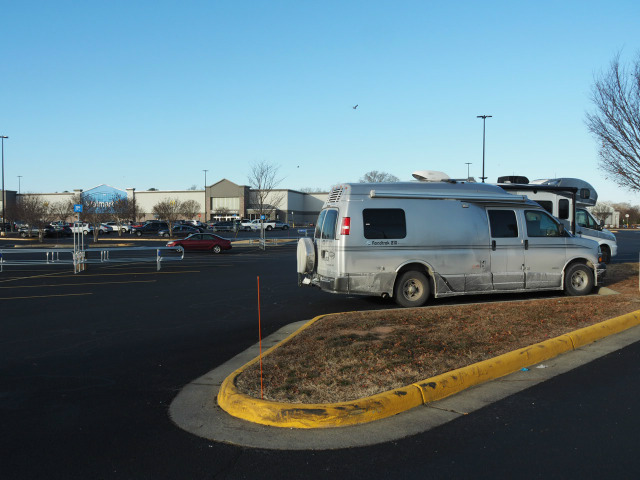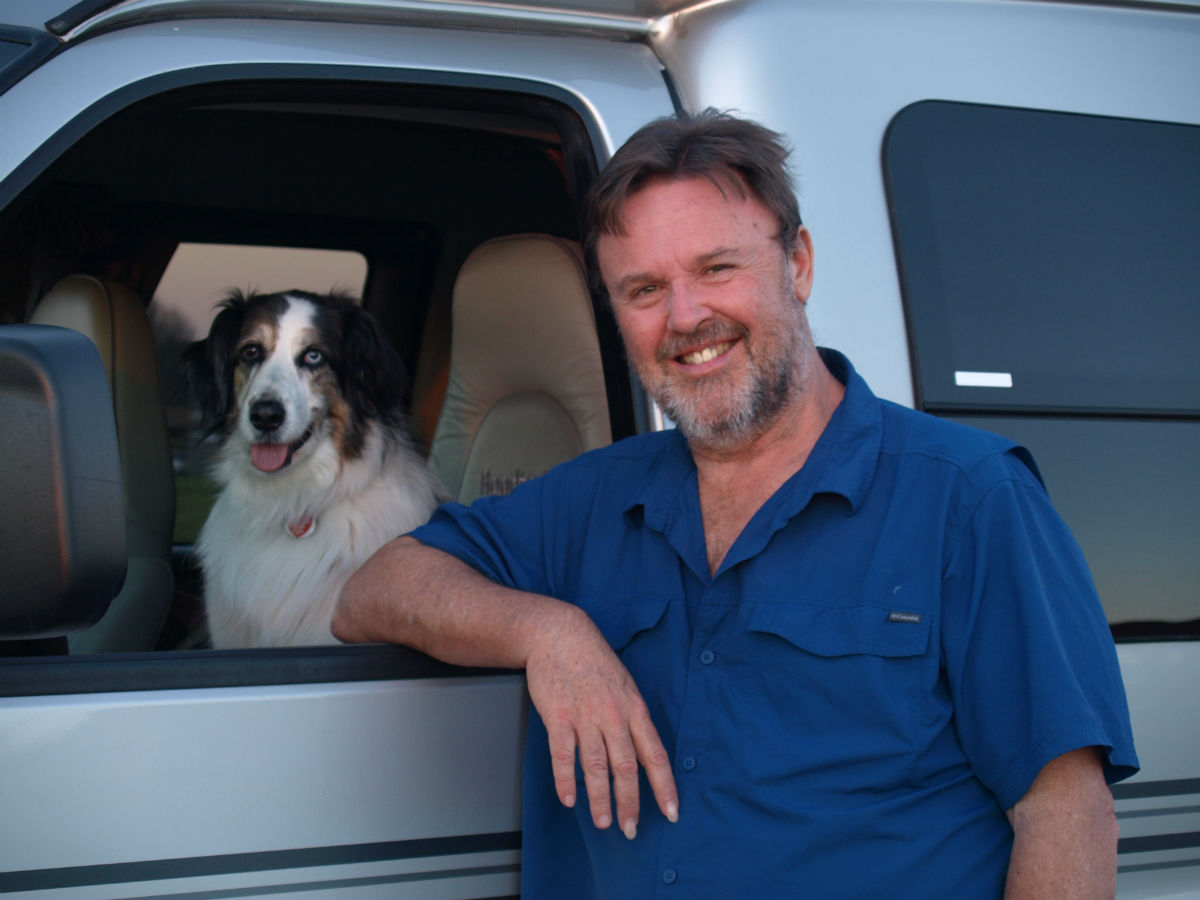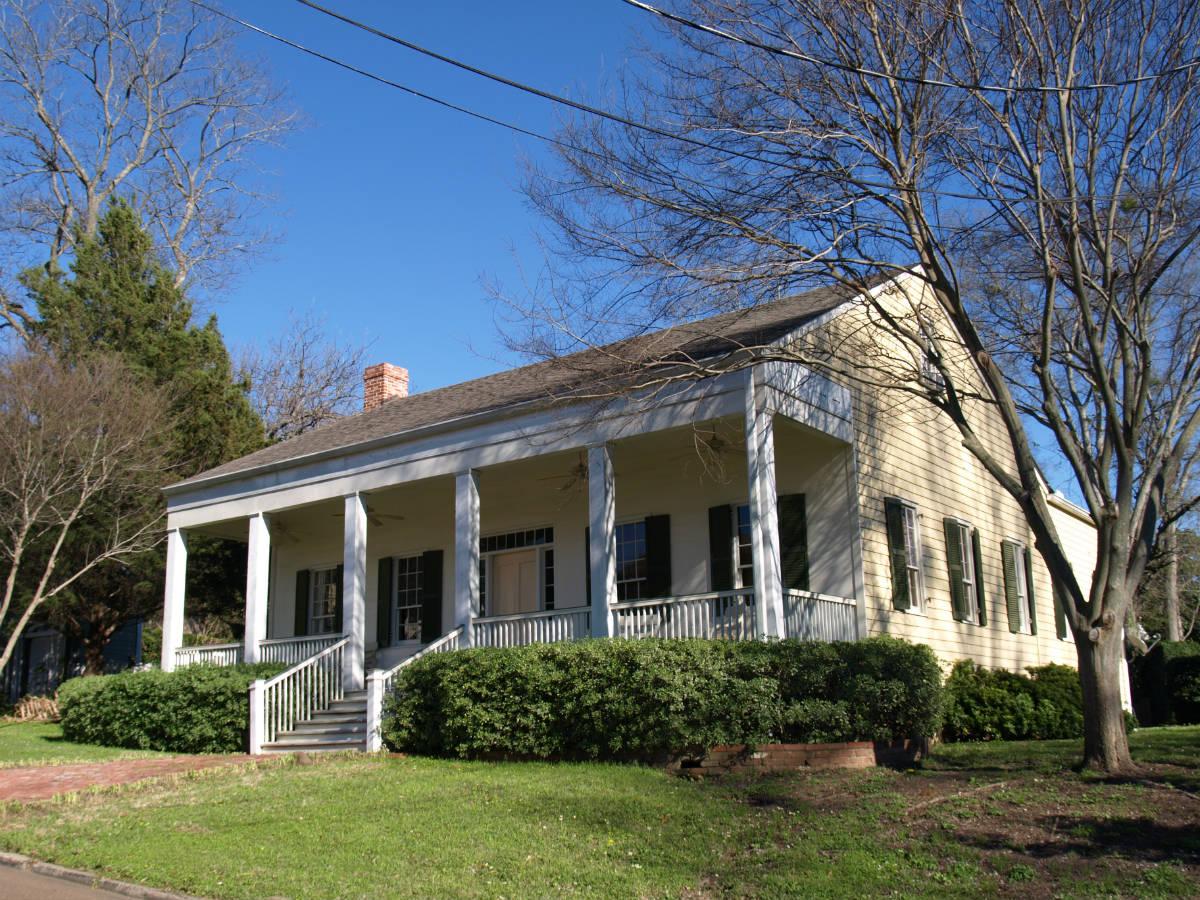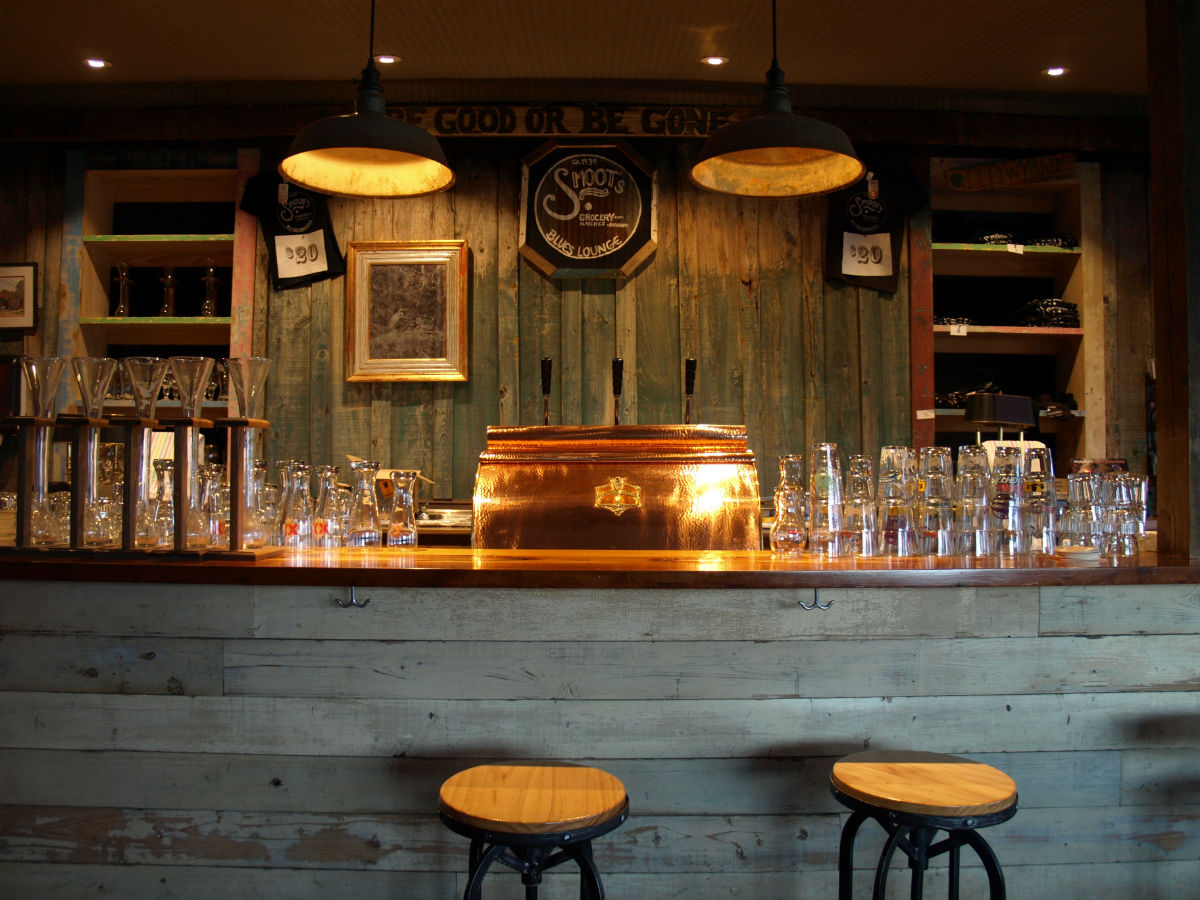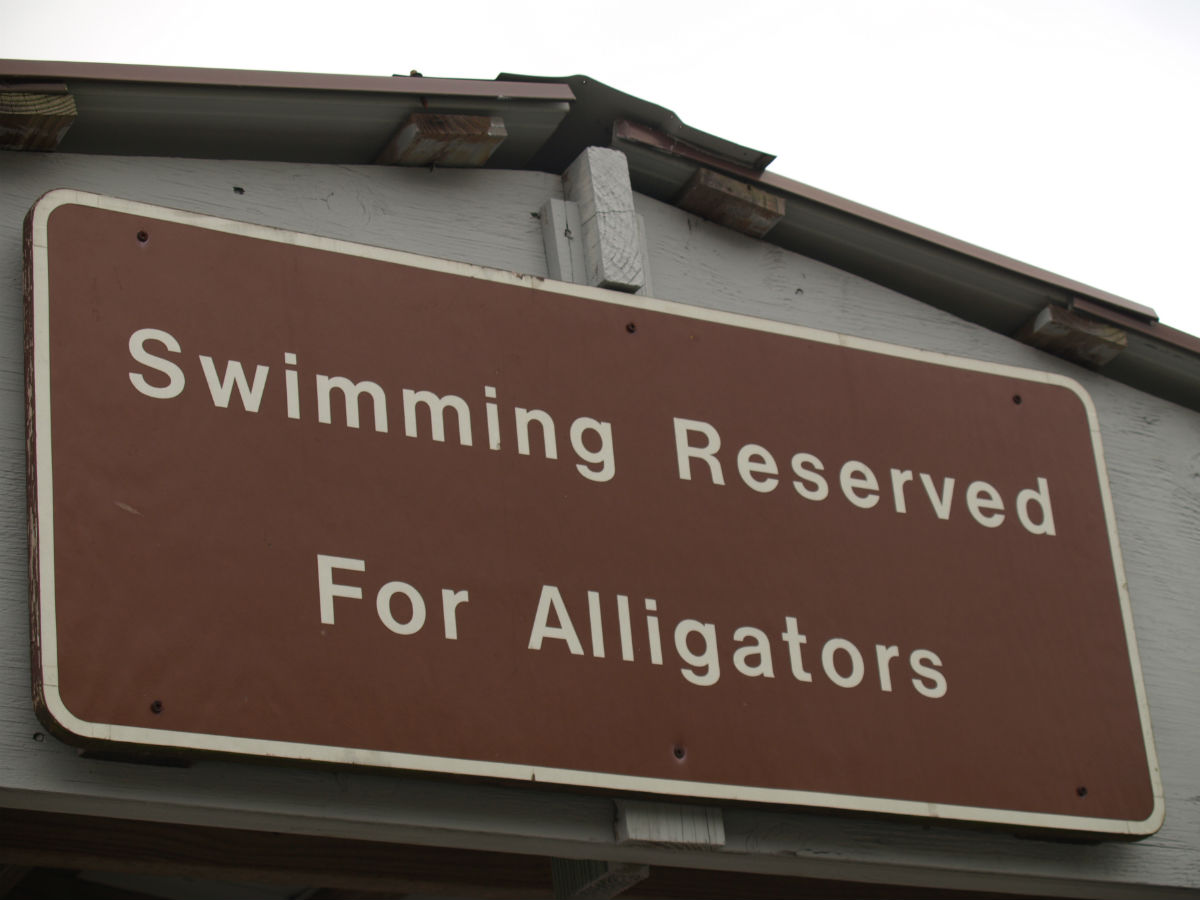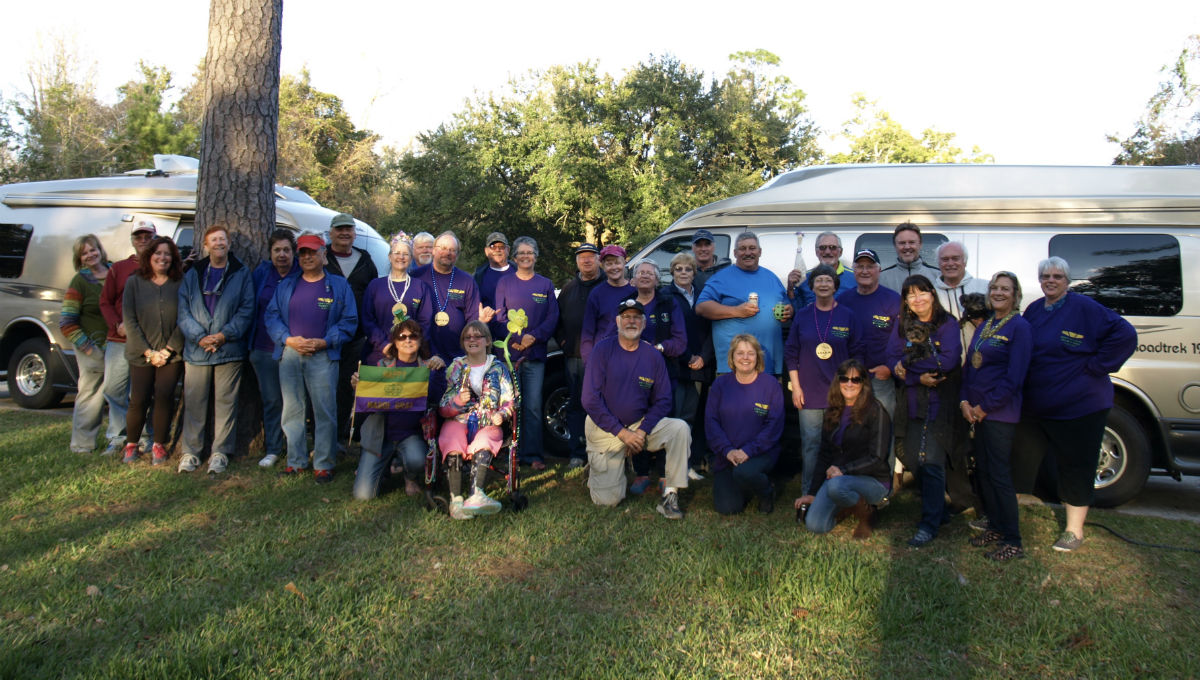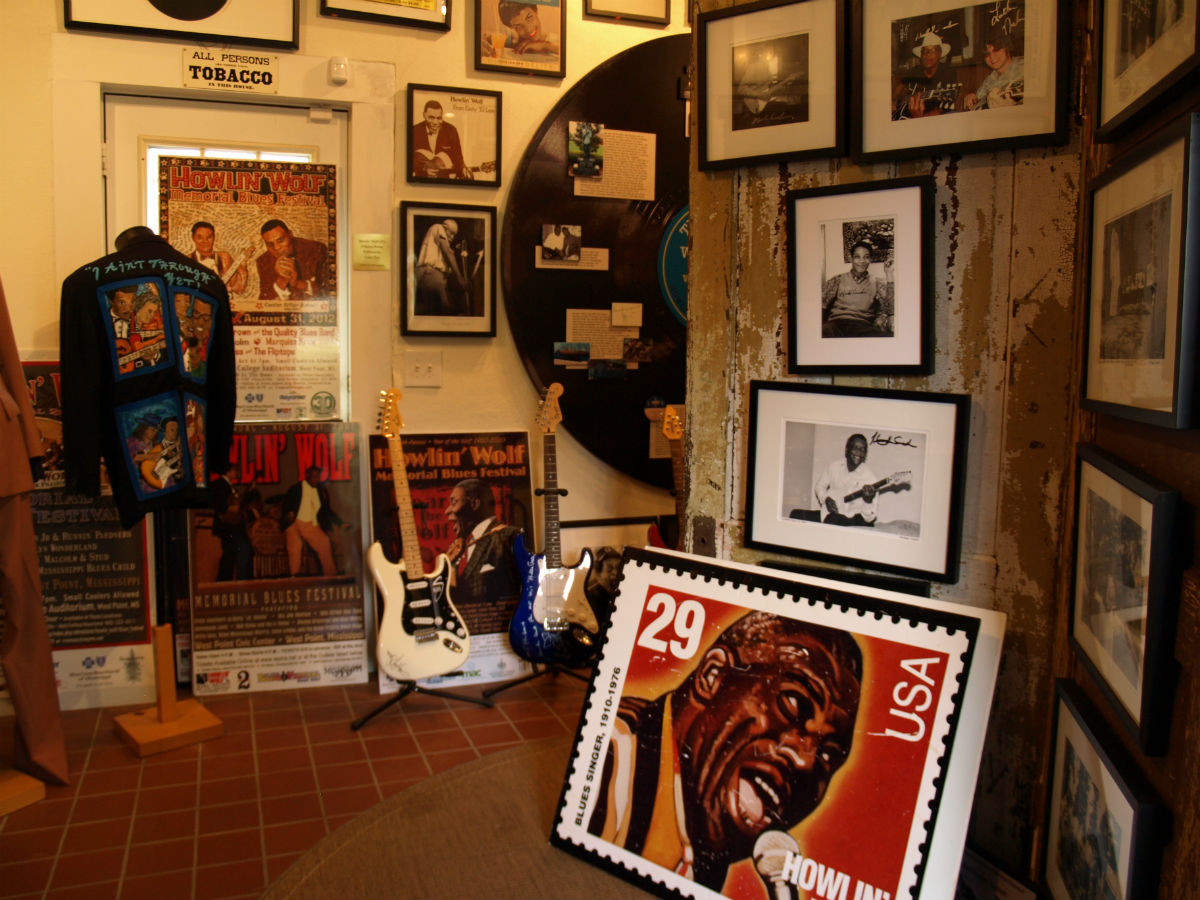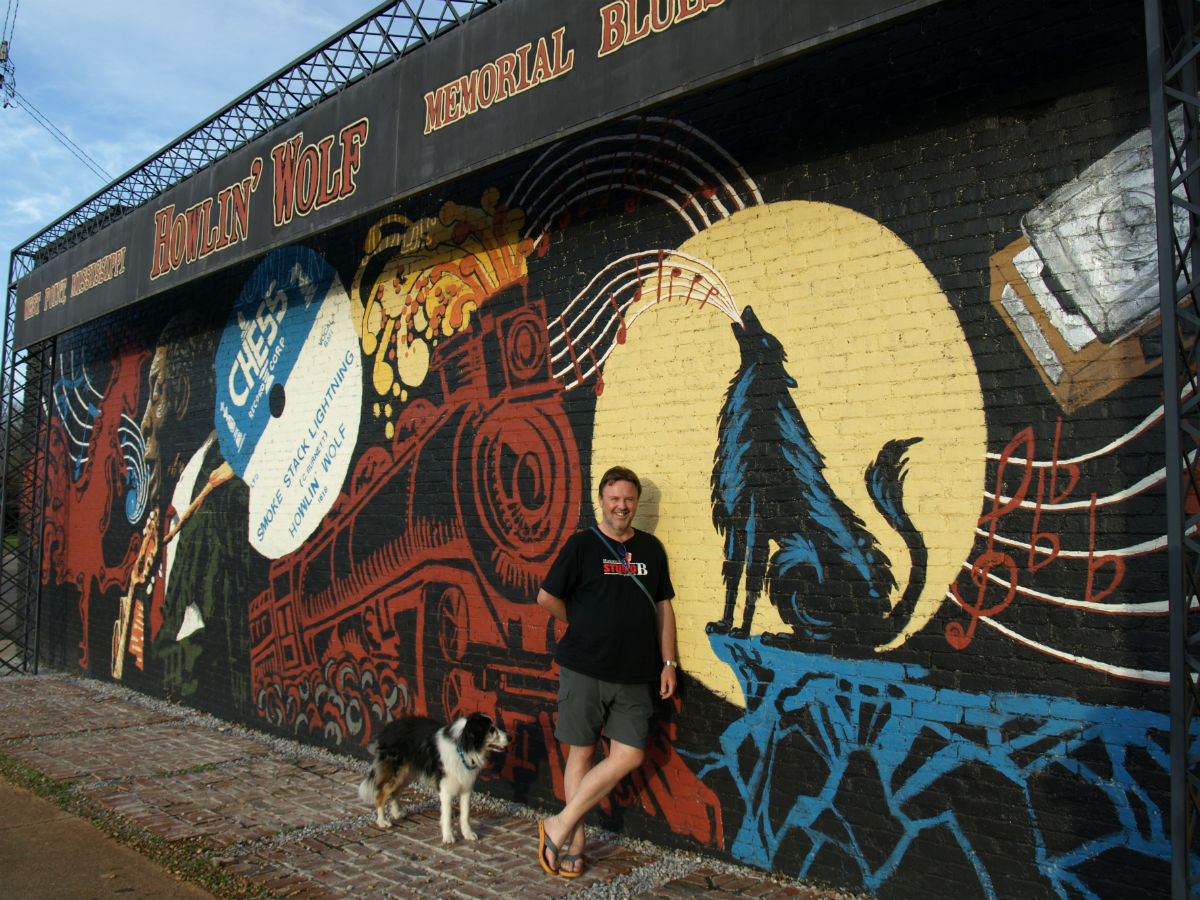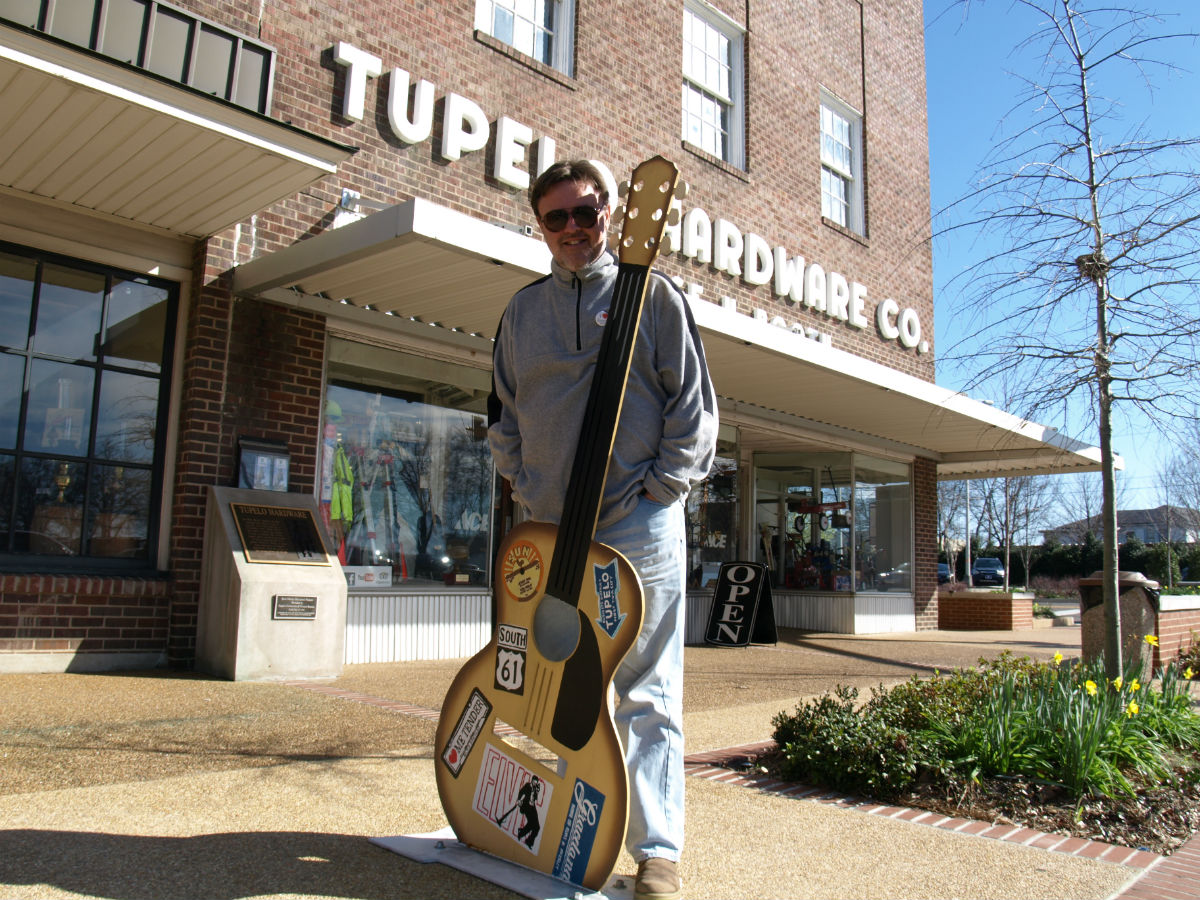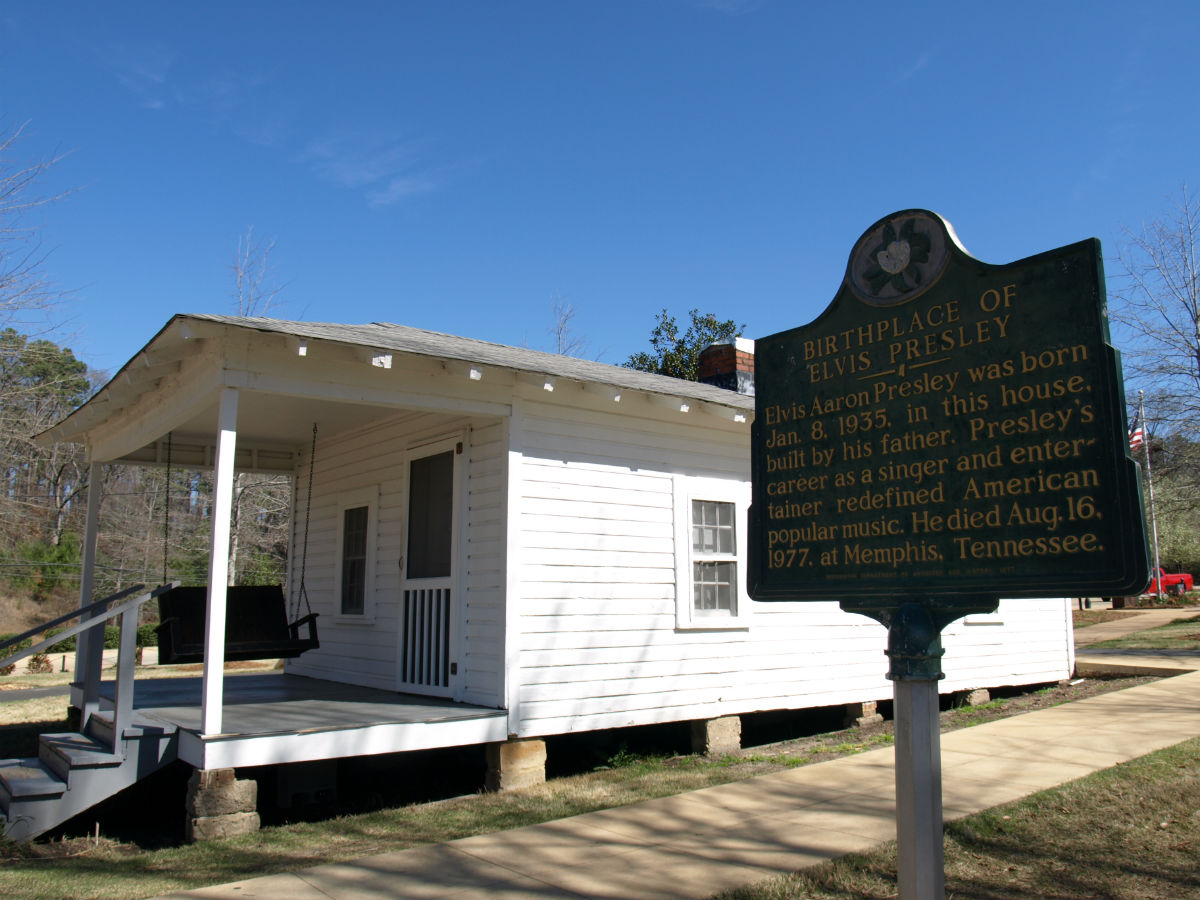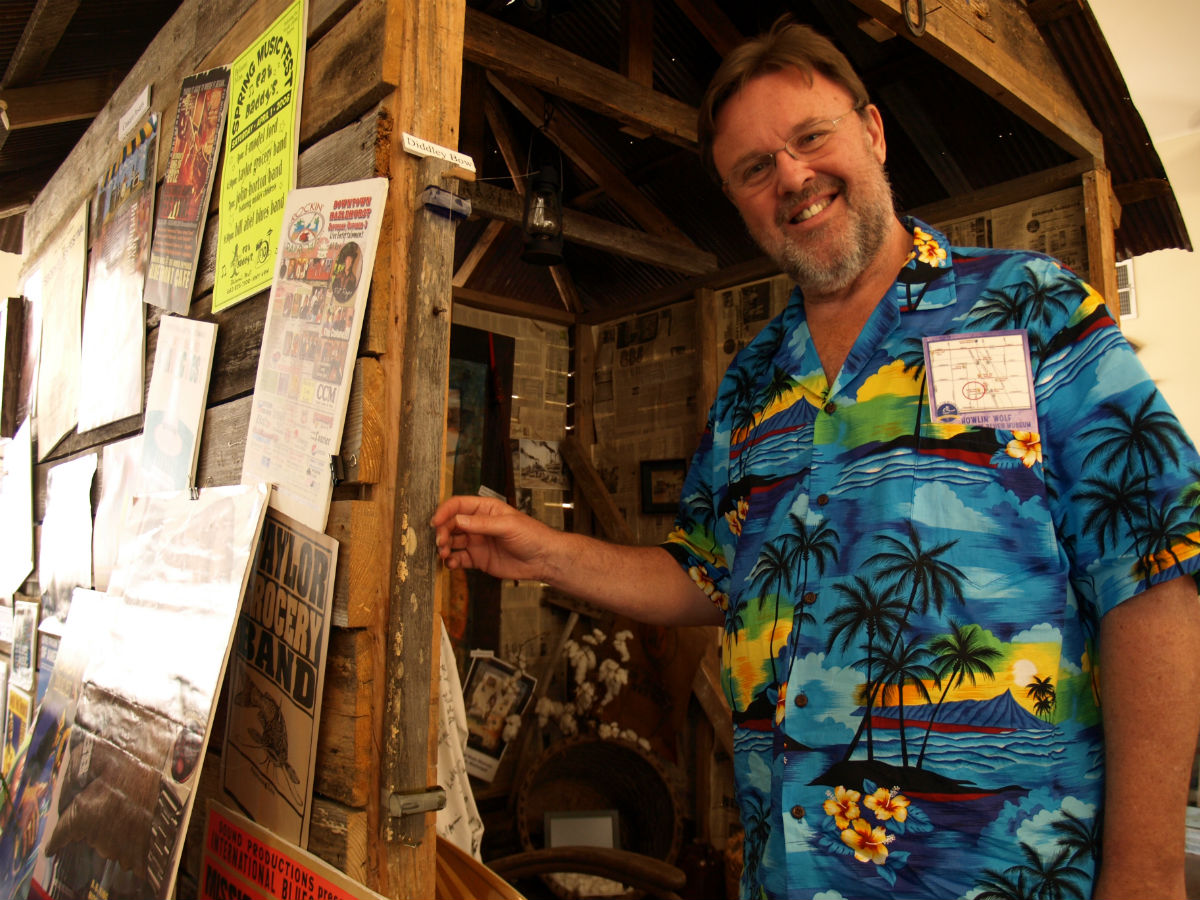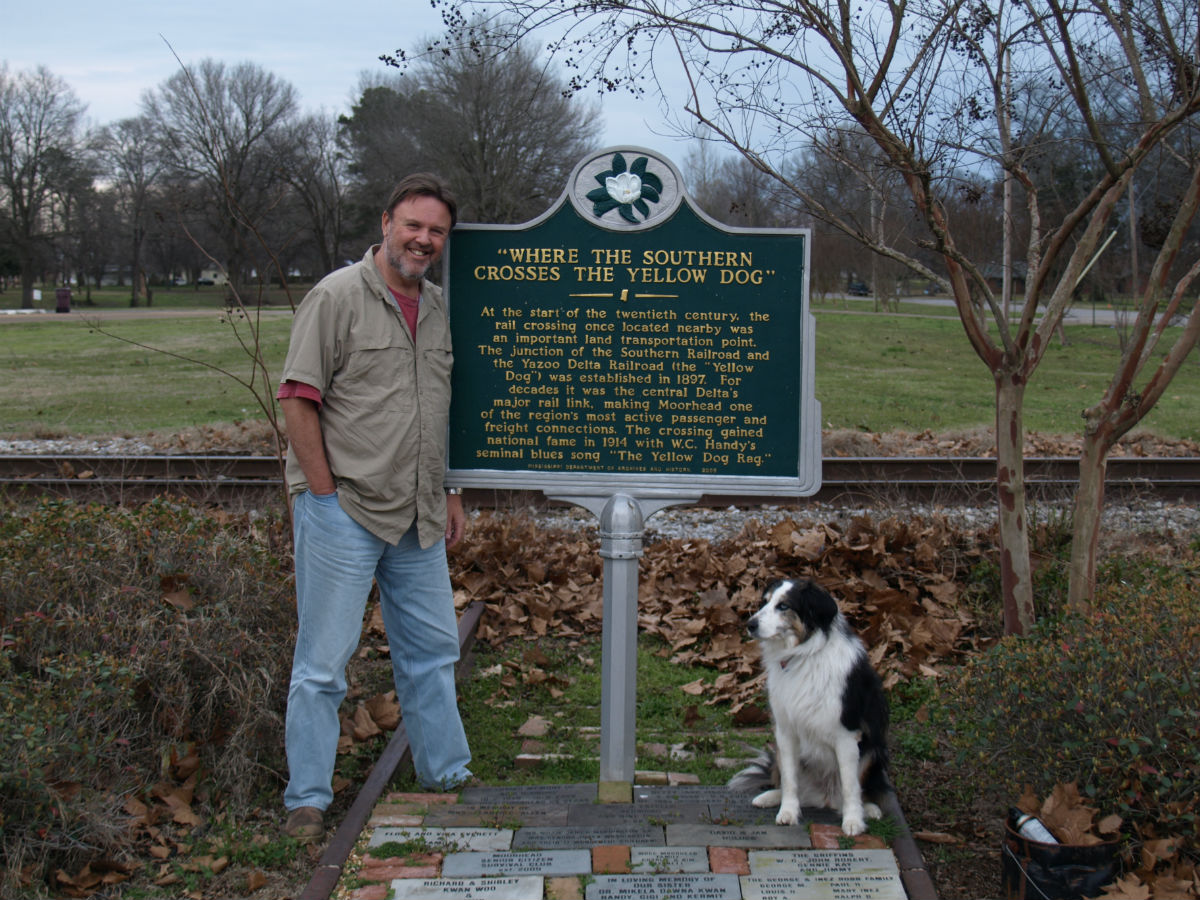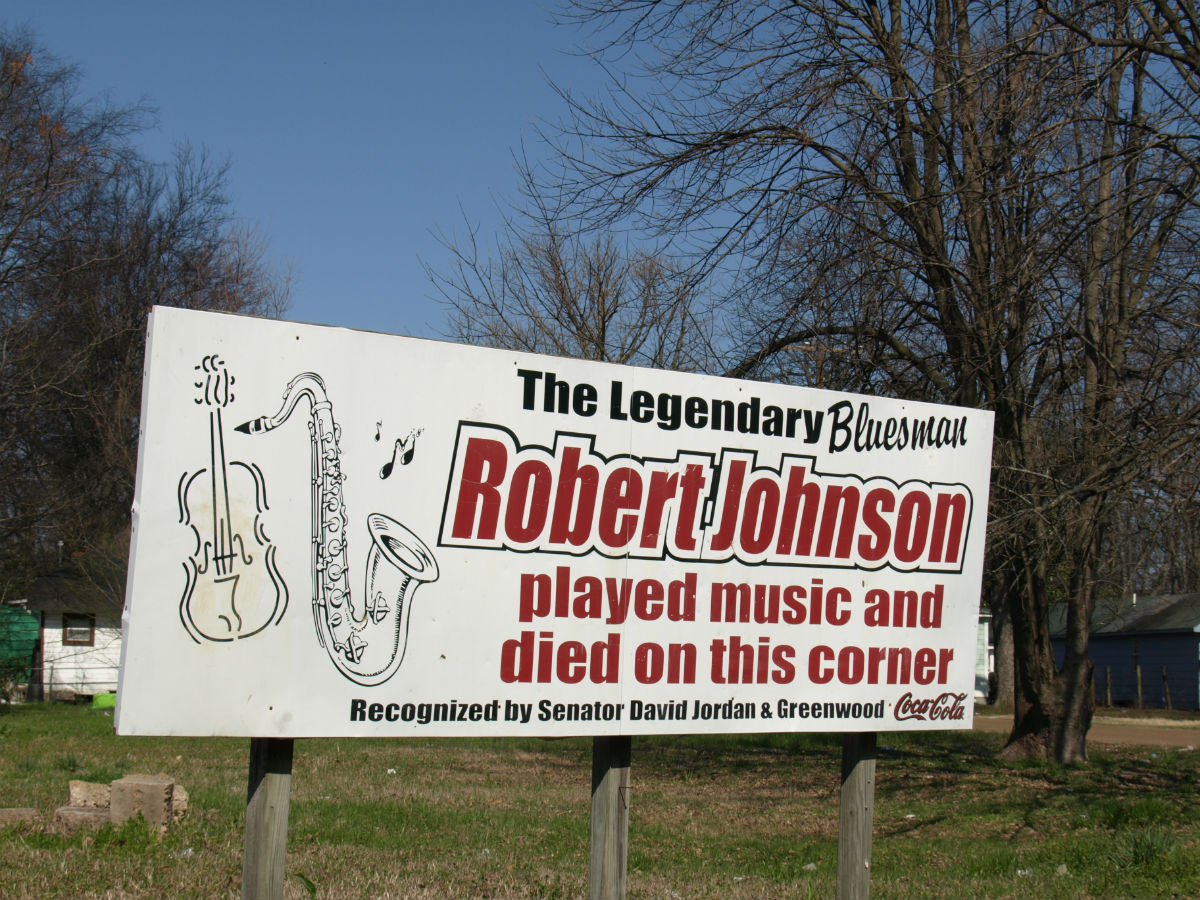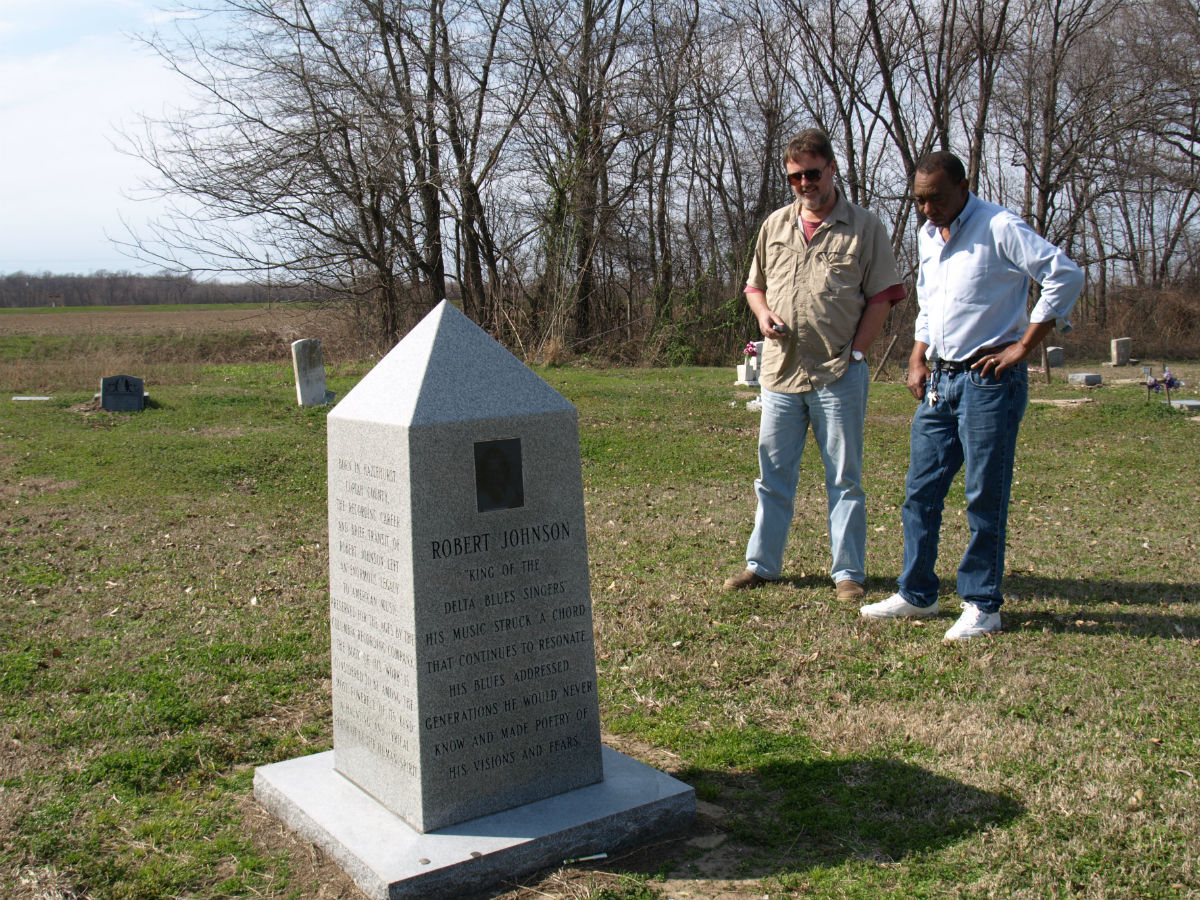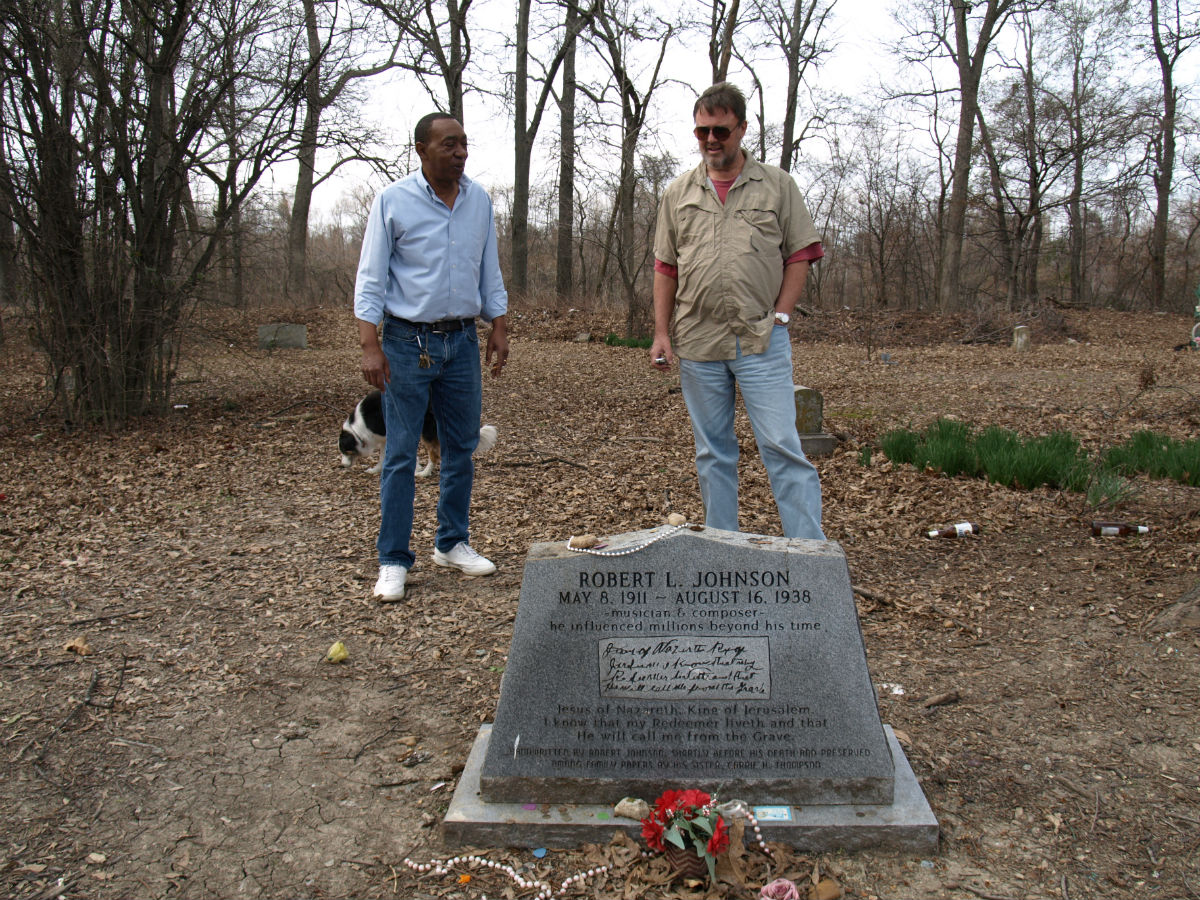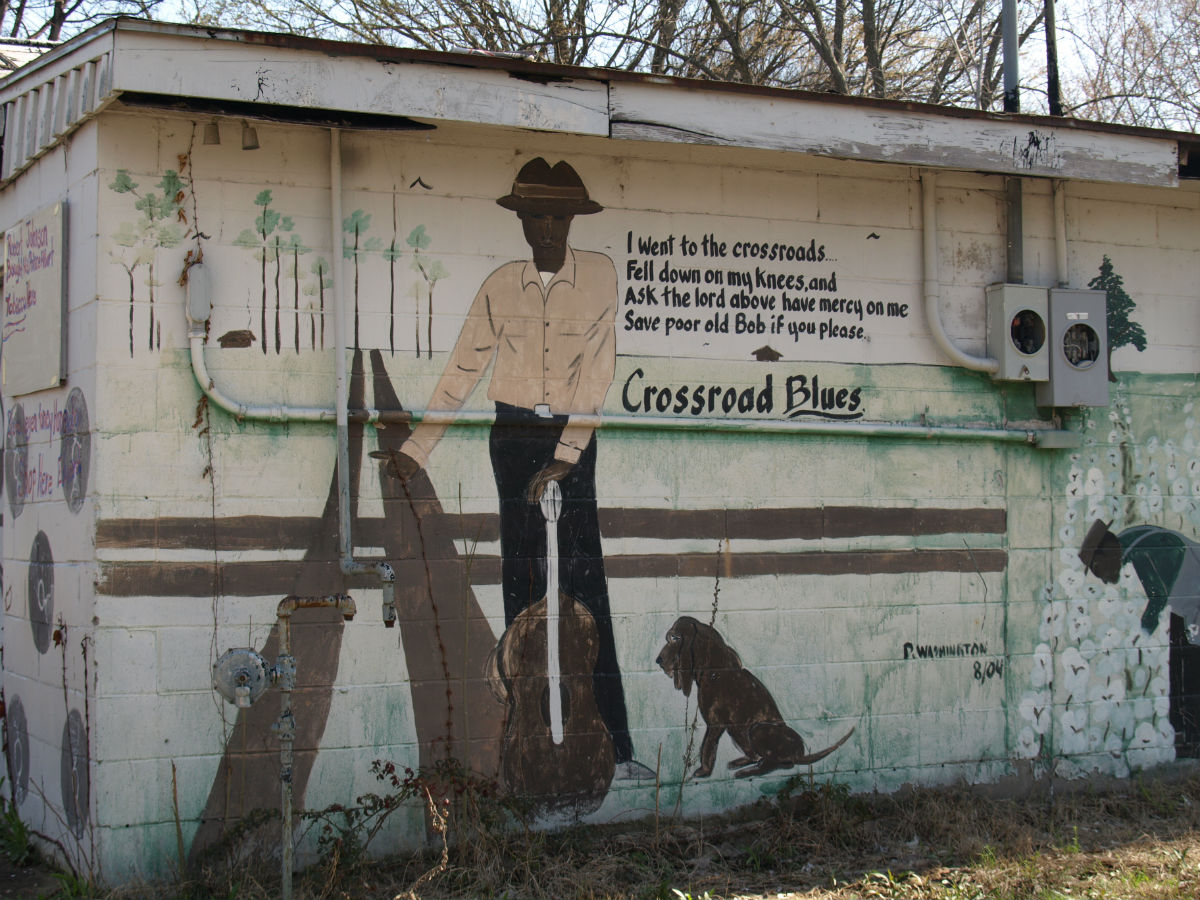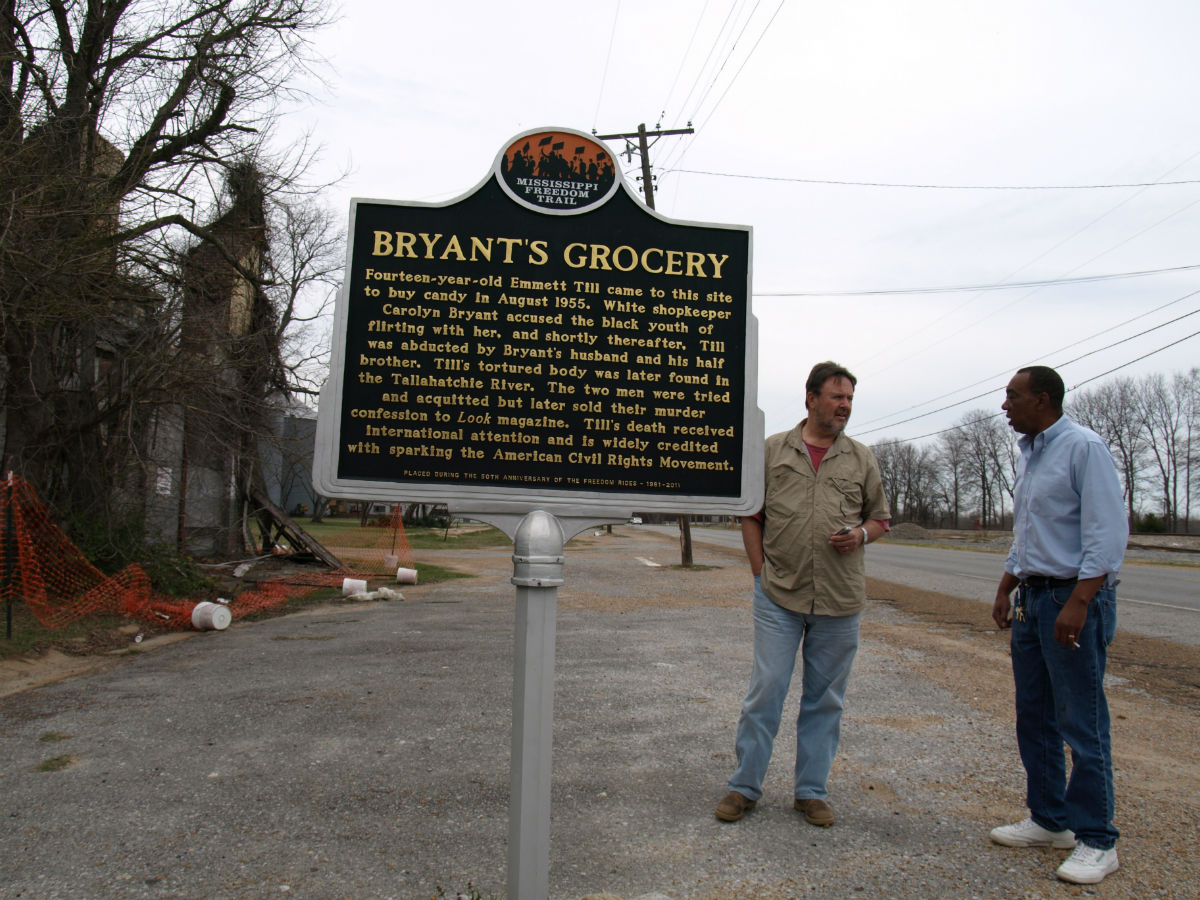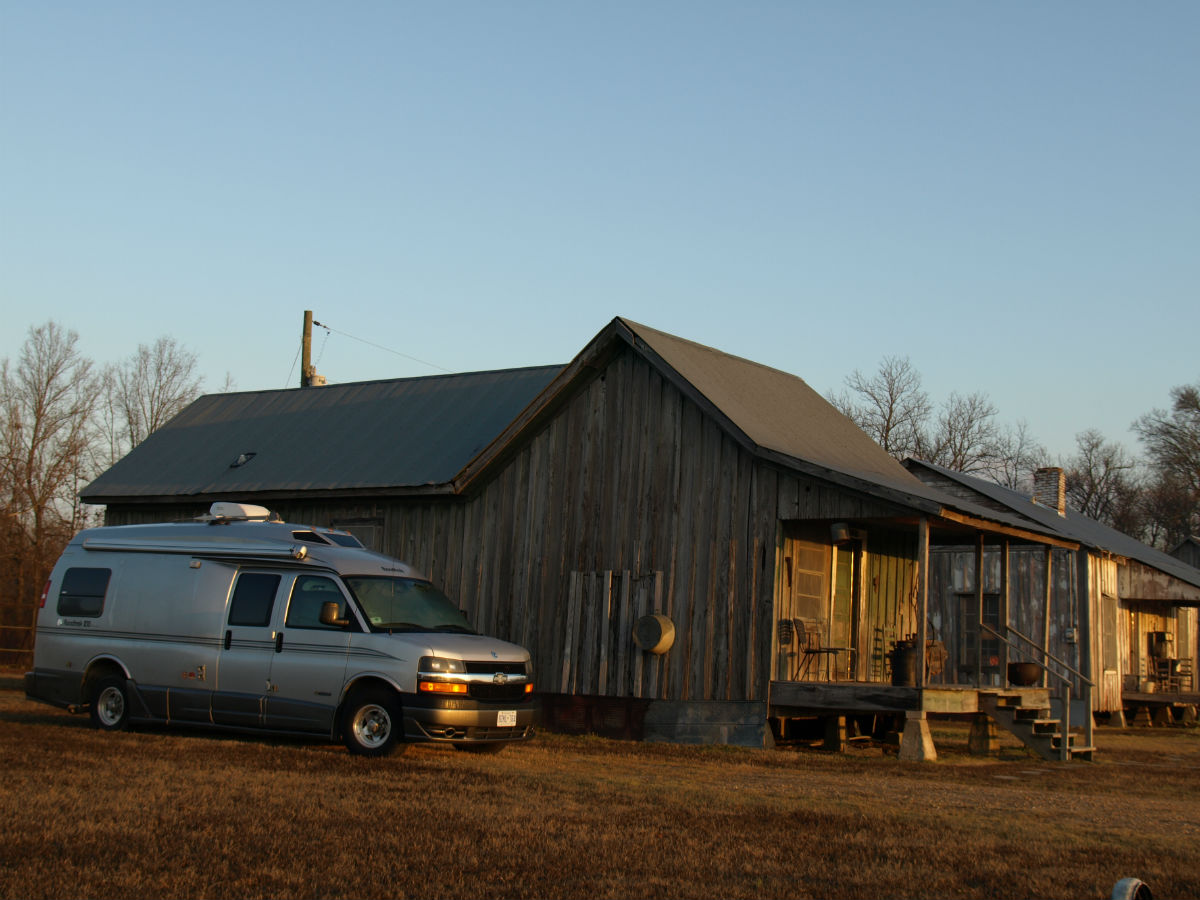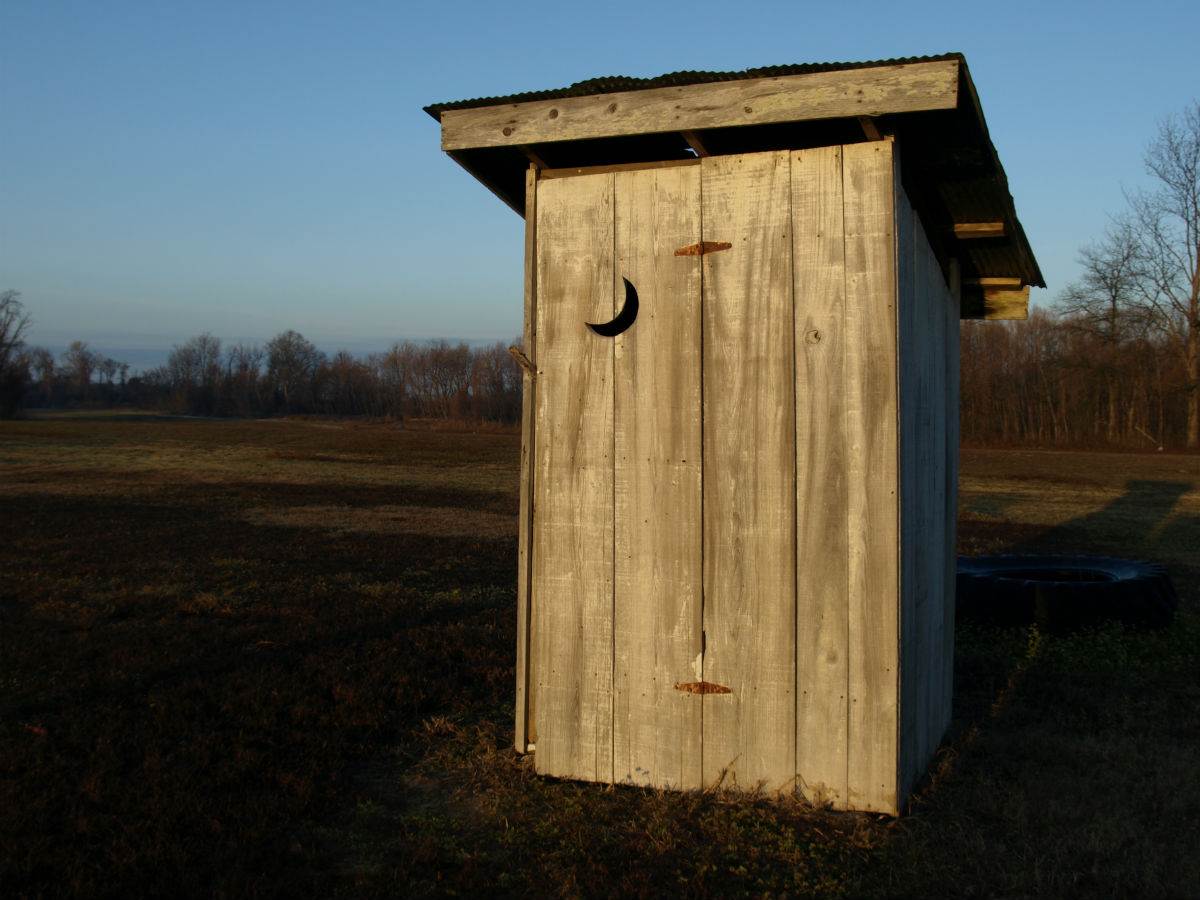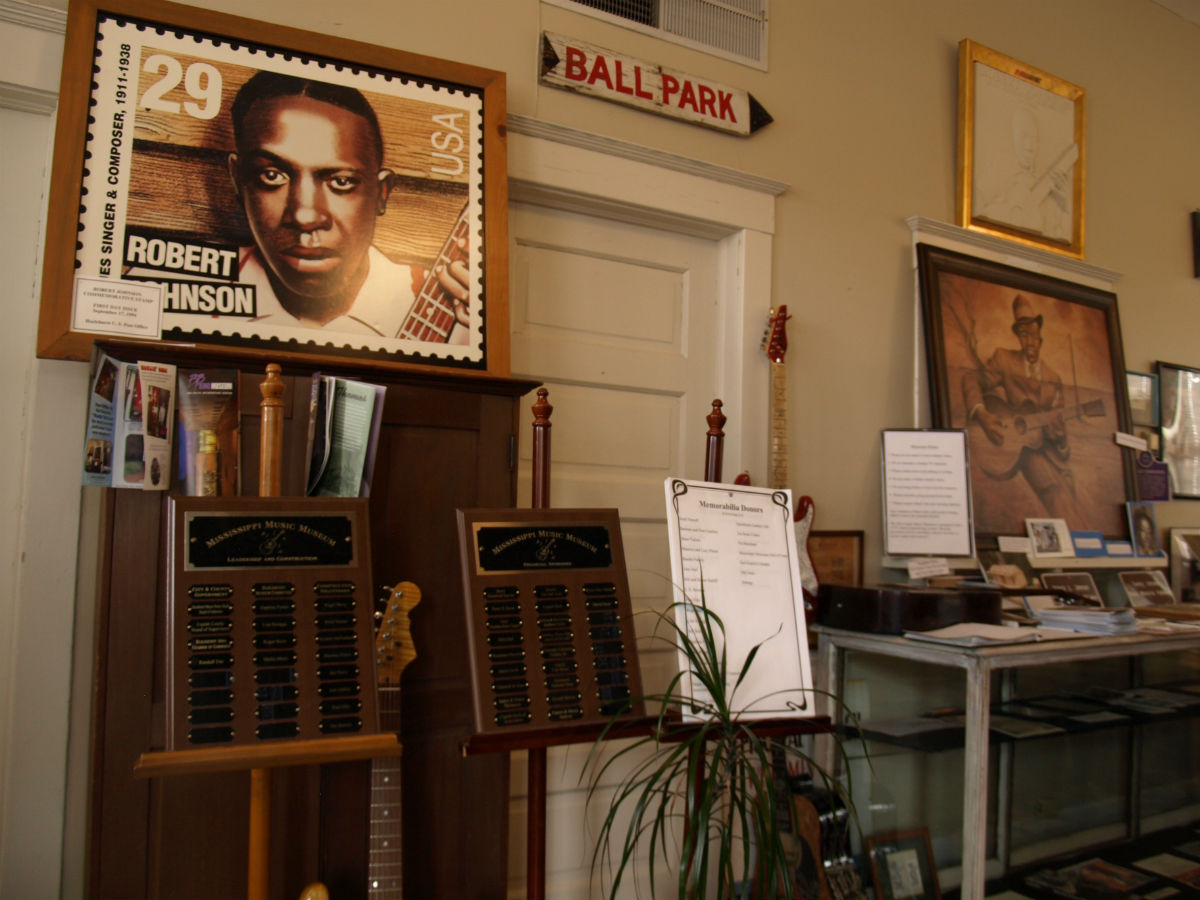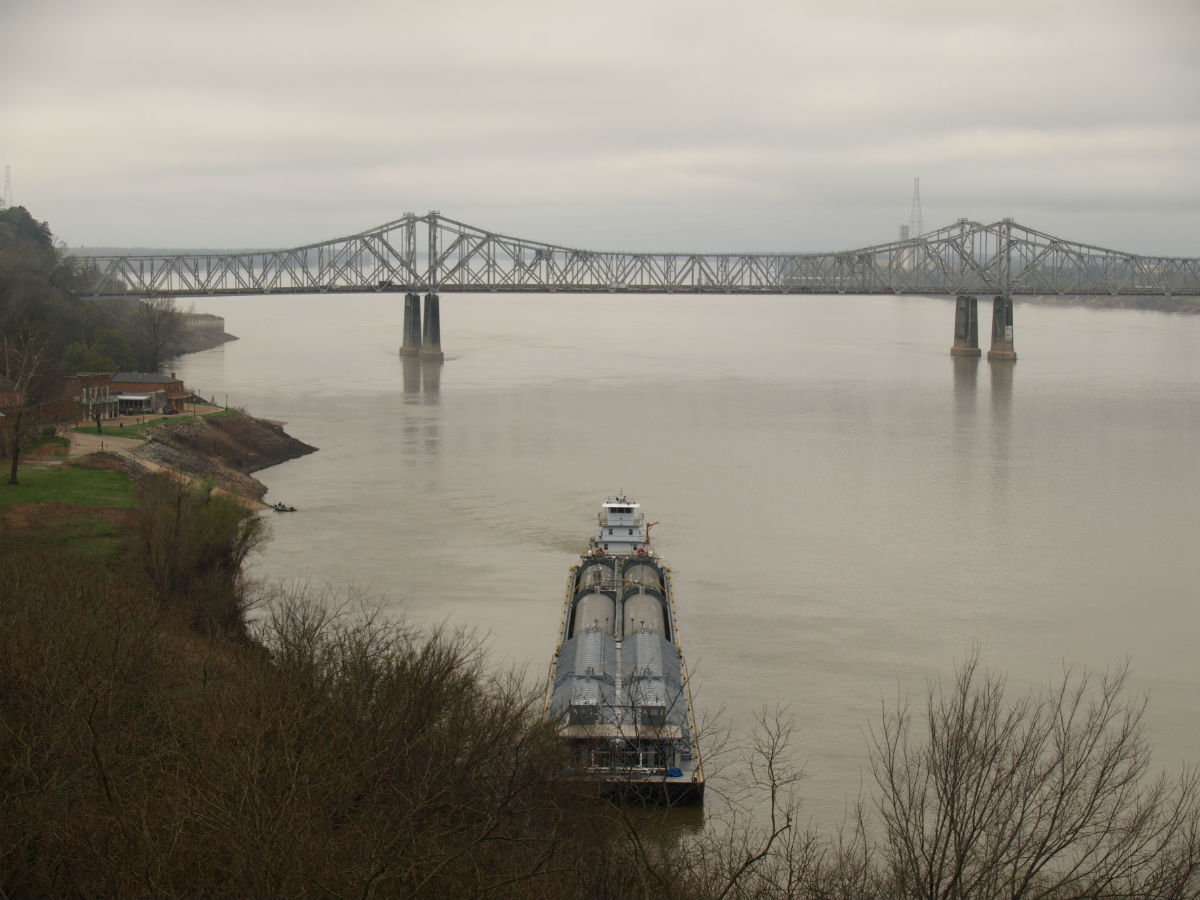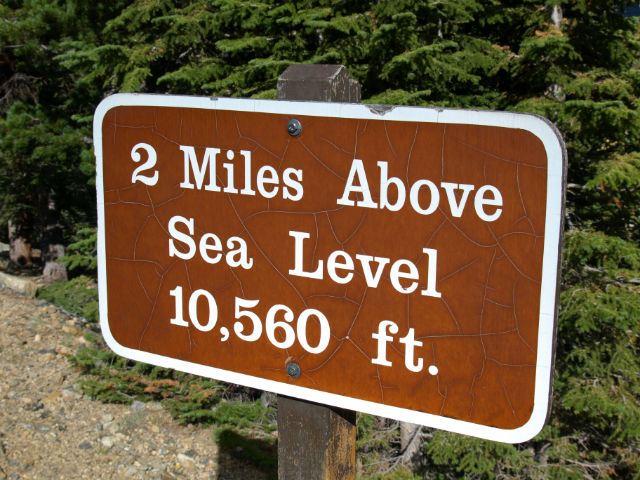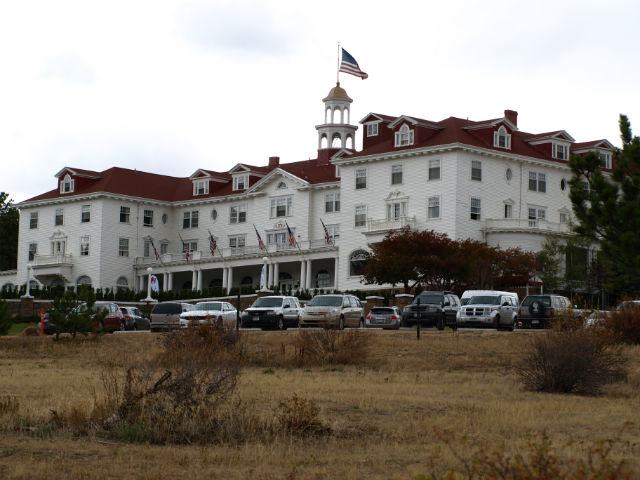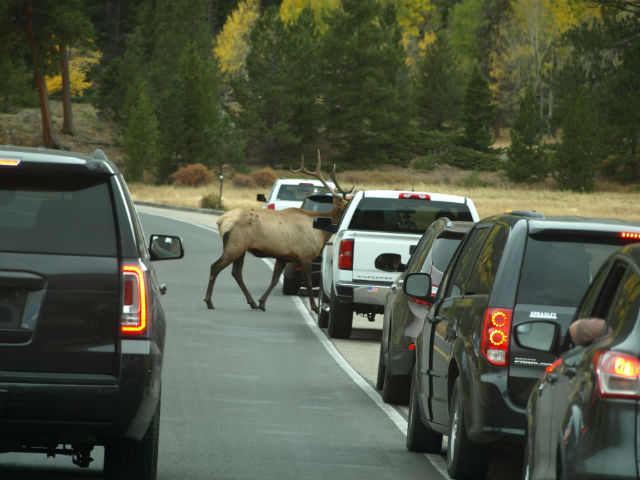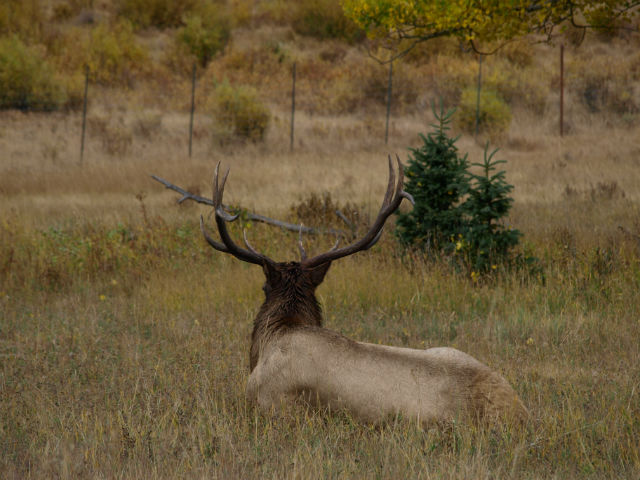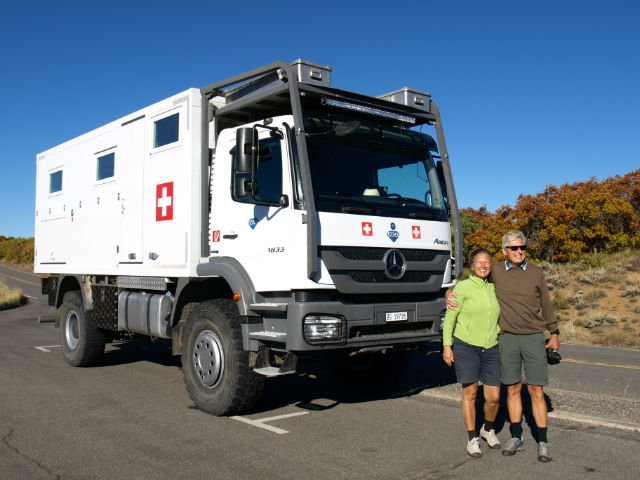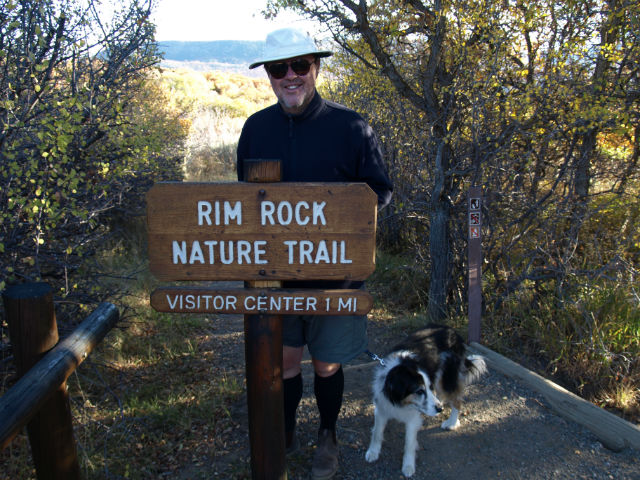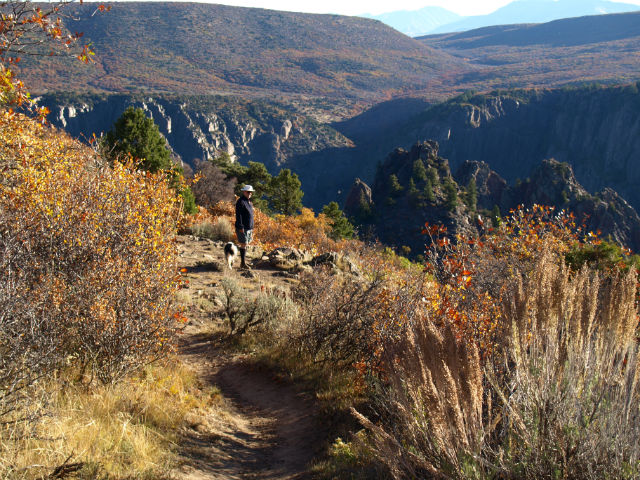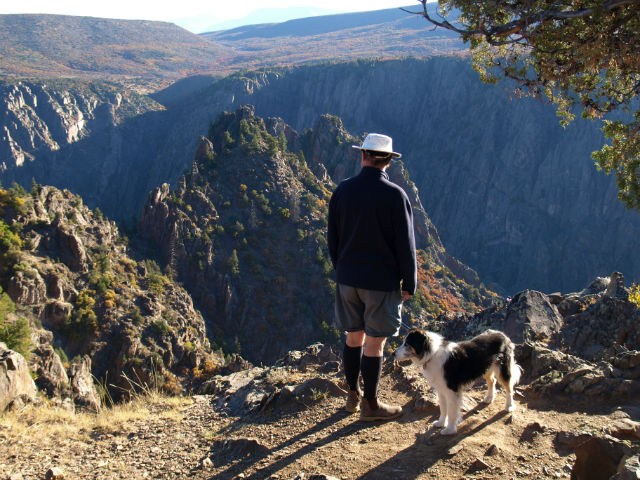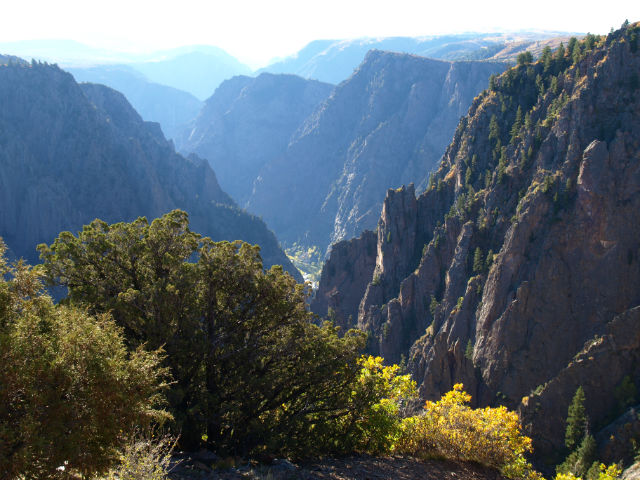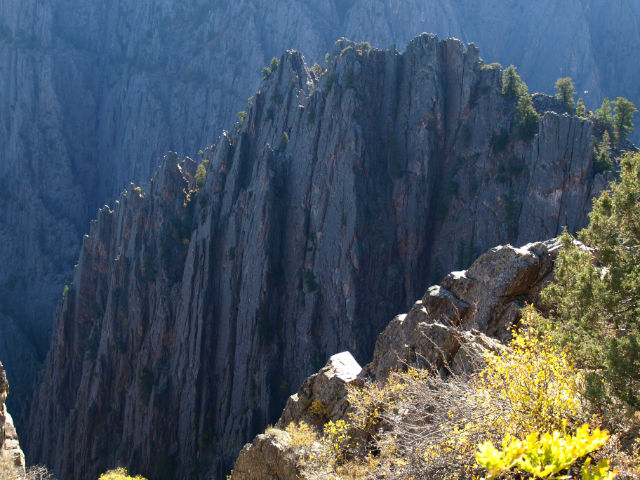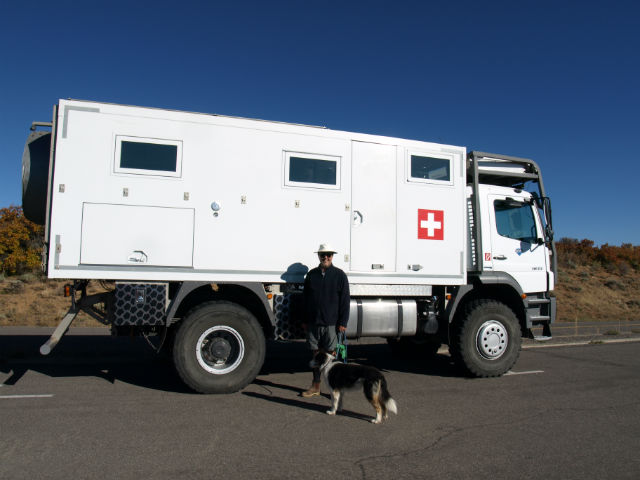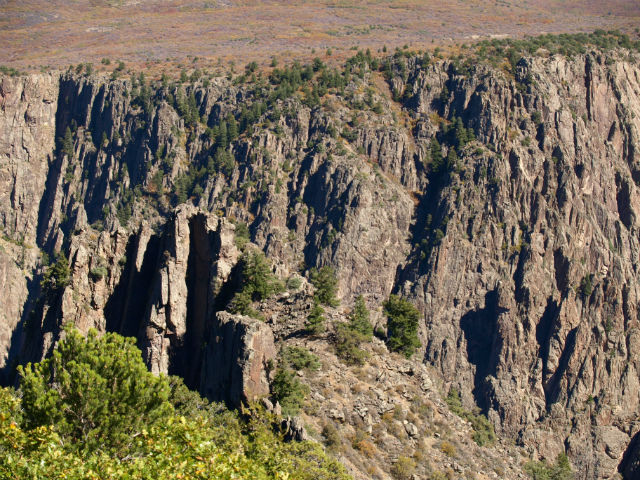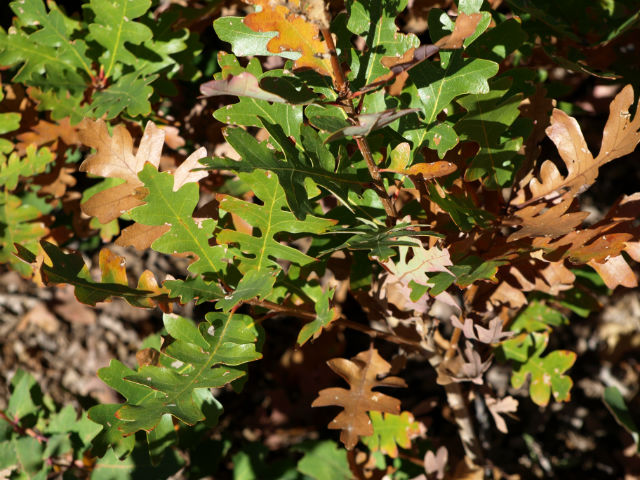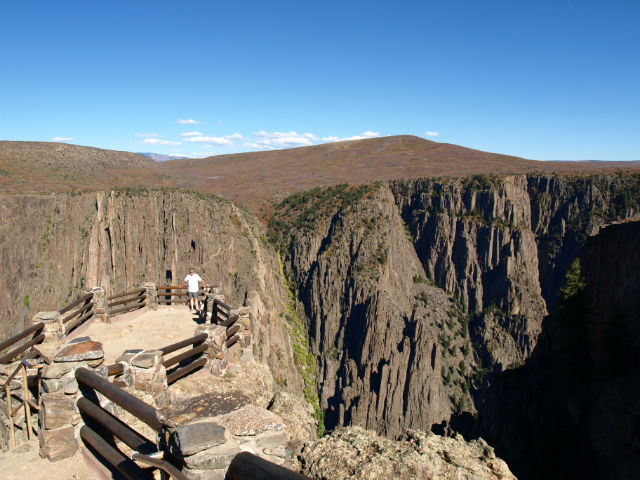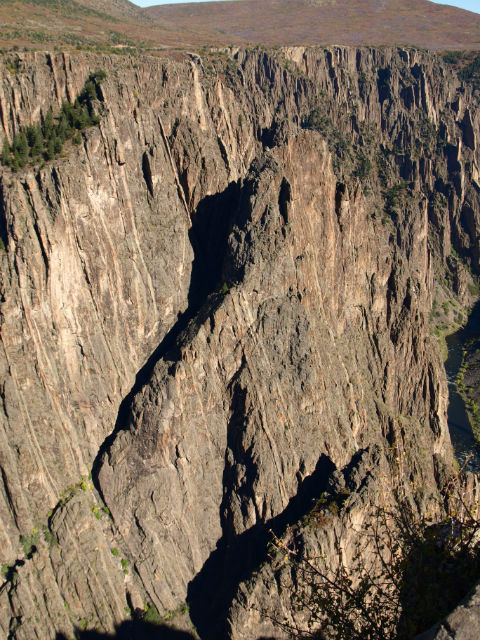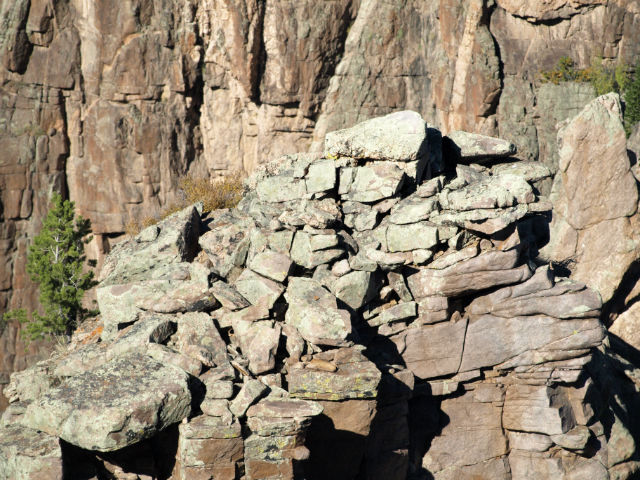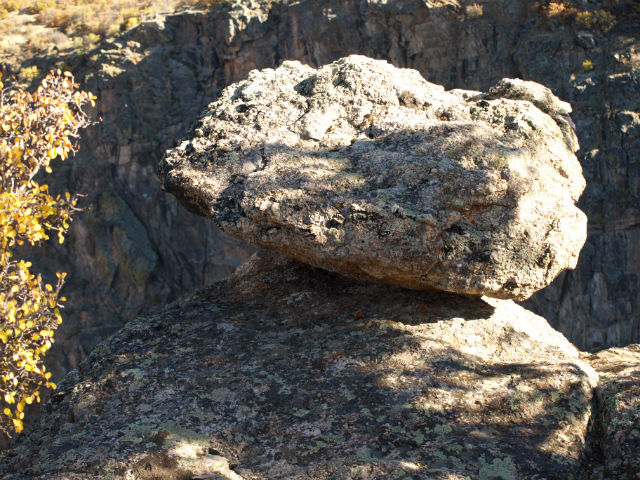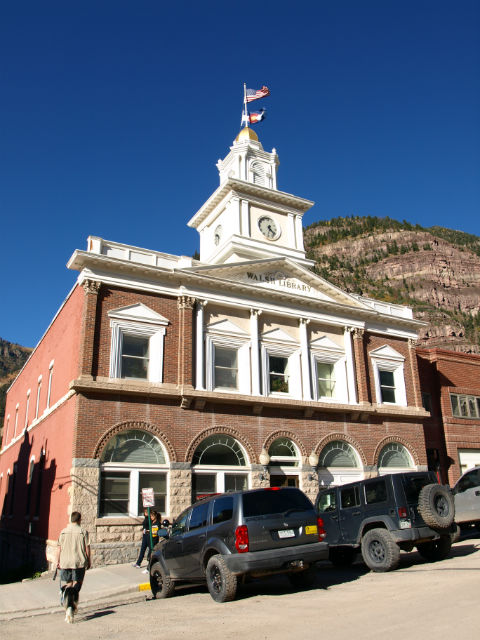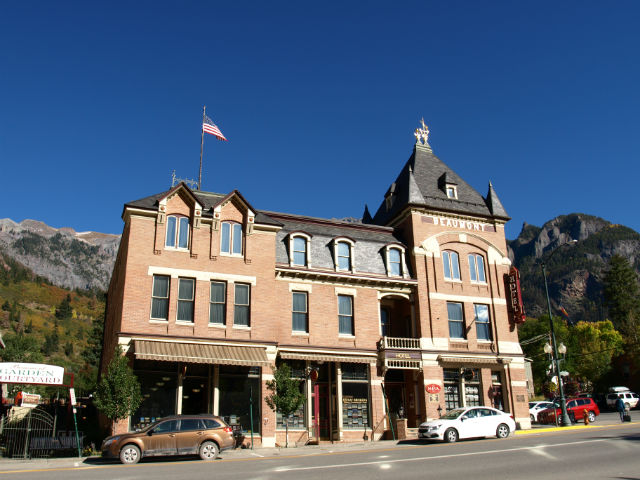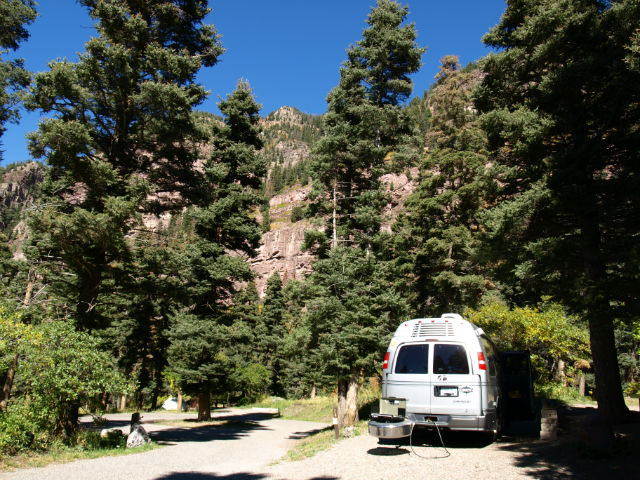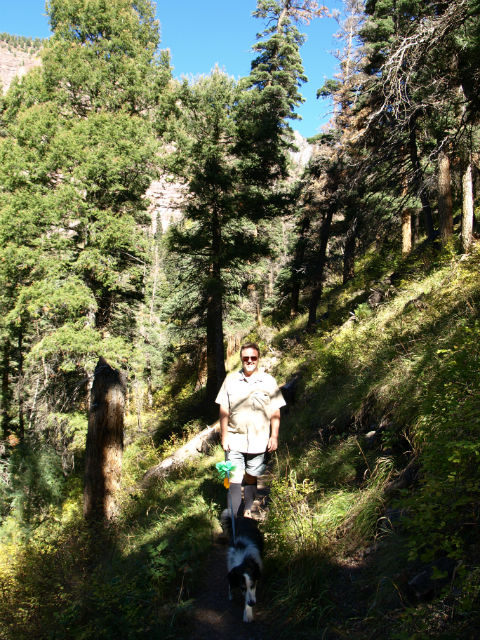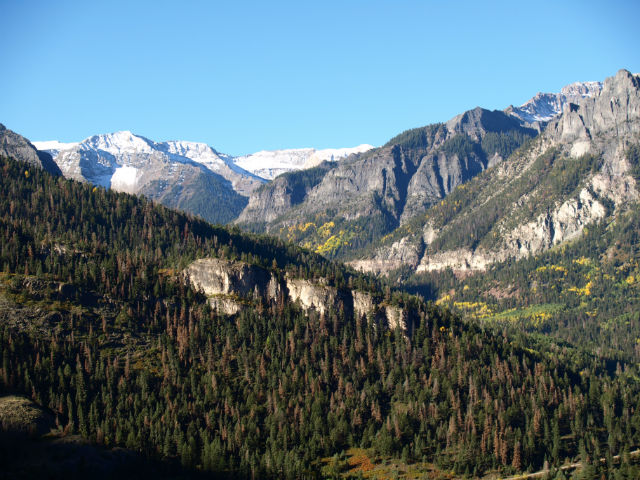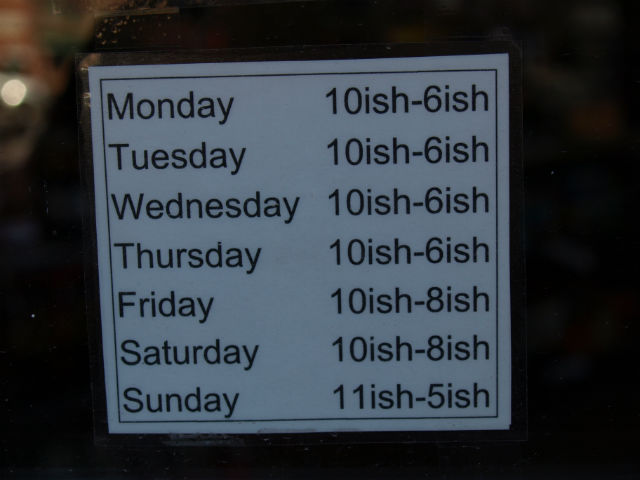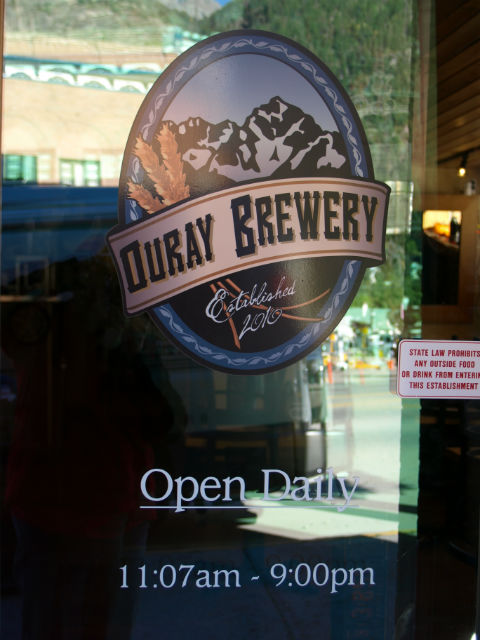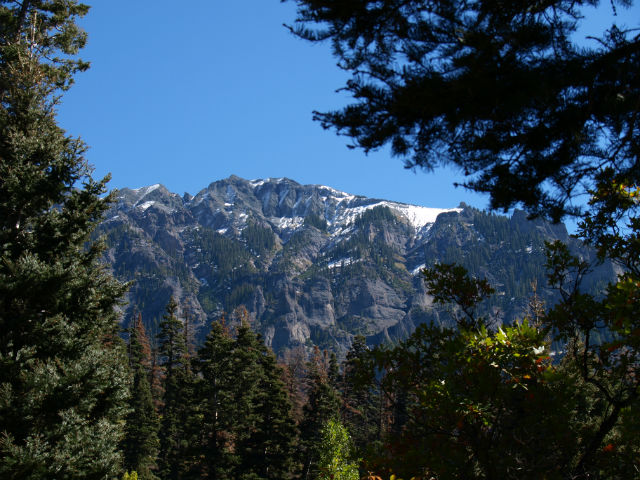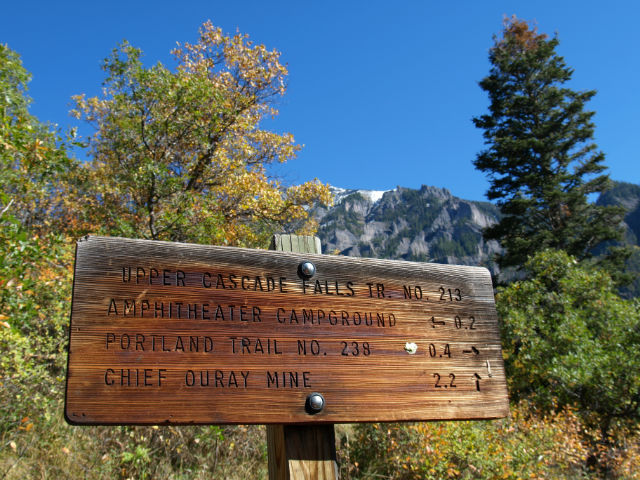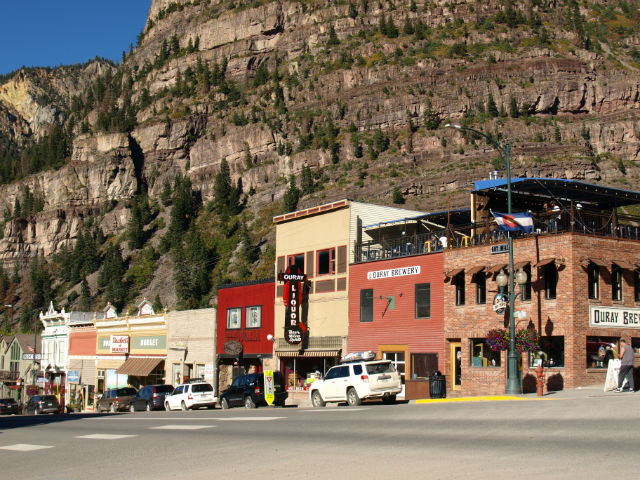Sometimes that “what should I write about?” falls right into your lap.
While travelling, we got a heads up through a work email that January 15 (Martin Luther King Jr. Day) was to be the launch of the brand new United States Civil Rights Trail. Took us about five seconds to make a decision, tap the new coordinates into our GPS and follow the two-hour detour to Greensboro, North Carolina.
Greensboro was home to the first student lunch counter sit-ins, an action that (according to MLK) gave the Civil Rights movement “a much needed shot in the arm.” That very first lunch counter sit in was held on February 1, 1960 by four young students from A&T University (Jesse Jackson’s alma mater). The stop on the new Civil Rights Trail is at the original F.W. Woolworth’s building, the site of the lunch counter sit-in. Now it is the home of the International Civil Rights Center & Museum. The museum is a worthwhile stop on its own, but the highlight is definitely the completely restored lunch counter. It’s a sombre, but inspiring sight.
Craving some ocean waves, we drove southeast to our first week of camping at Huntington Beach State Park, about 20 miles south of Myrtle Beach. Great park (surprisingly, about 80% full), nice long stretch of beach, wonderful marshland boardwalks. We did detour into MB for an excellent lunch at Croissant’s Bistro & Bakery (shrimp and grits, chicken and waffles, with a shared slice of key lime pie).
It turned out to be almost a full week of catching up on writing assignments at the lovely Waccamaw Neck Public Library. Can’t end this update without a thank you to Luke from Georgetown Auto Glass whose mobile service came and quickly stopped two windshield chips. Thanks Luke!
